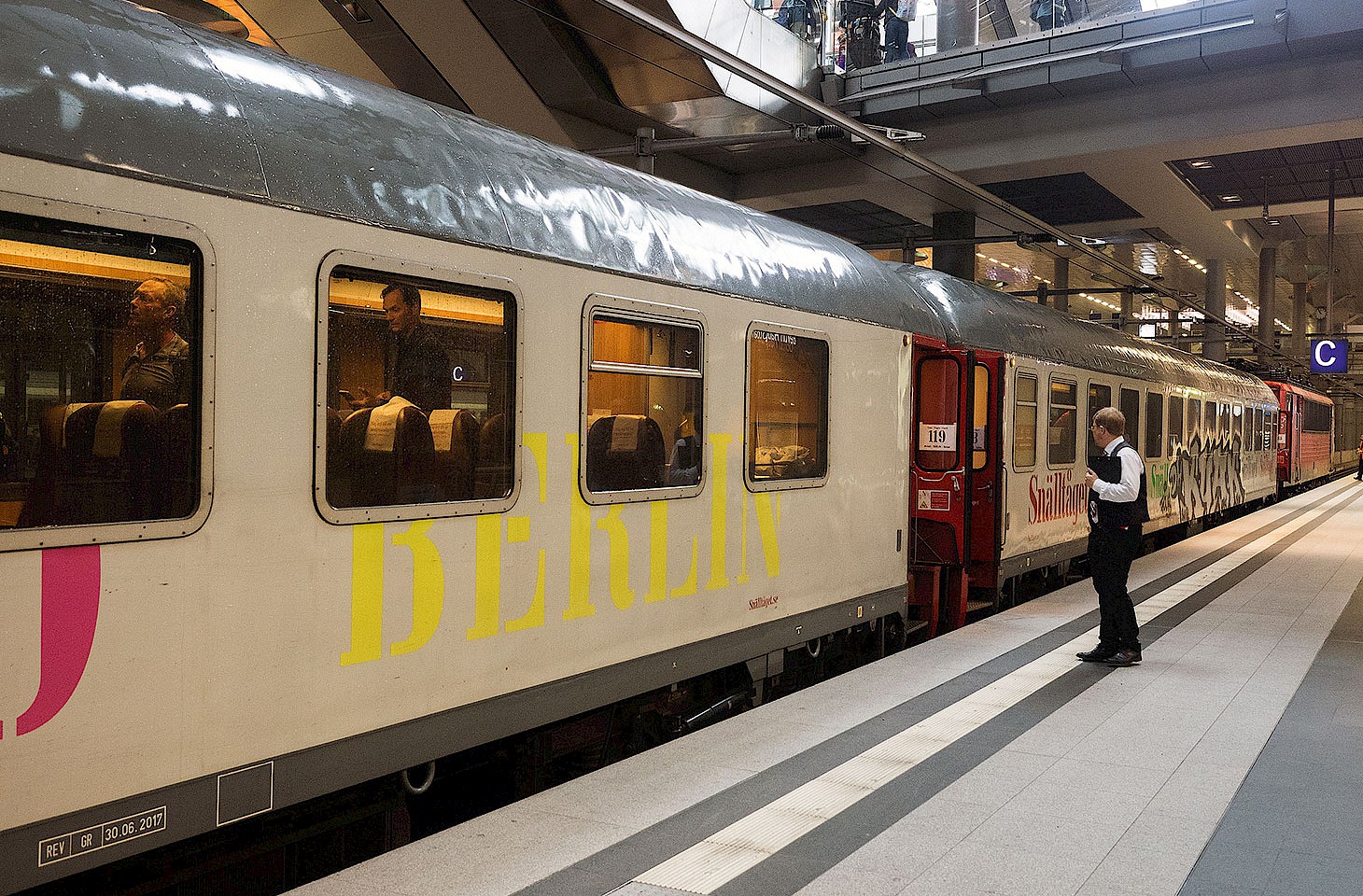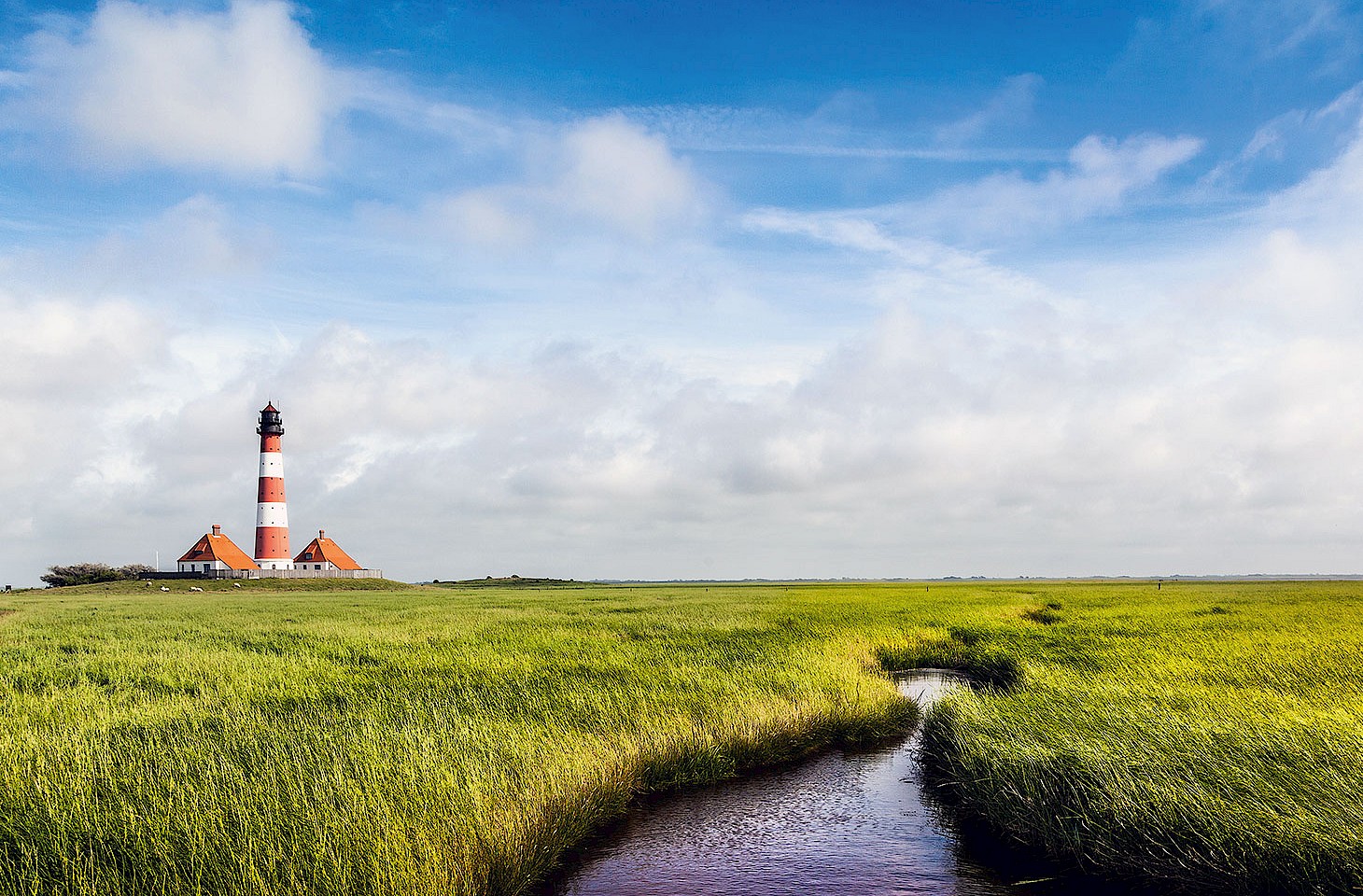There is a moment in Shakespeare's tragedy Coriolanus when Sicinius, a tribune of the people, asks of an assembled rabble "What is the city but the people?" To which the plebeians dutifully respond in chorus: "True, the people are the city." Without wishing to do anything to diminish the standing of the body politic, bricks and mortar do add a touch to the city too. People matter, but so does design.
This is a point that is not lost on the kids who, on a beautifully sunny autumn morning in Berlin, clamber up the side of the Academy of Arts in the city's Hansaviertel (Hansa Quarter). Architect Werner Düttmann probably didn't intend to create Berlin's best climbing wall when he placed protruding red bricks on the wall adjoining the Academy's front entrance. But he succeeded, and for some decades aspiring young mountaineers who live in the surrounding tower blocks have grazed their knuckles on the Academy of Arts.
Tower blocks are a rarity in Berlin. There is a long standing city ordinance that restricts residential buildings to a maximum height of twenty- two metres. But when in 1957 the names bidding to have their designs accepted for the new Hansaviertel development included some of the world's most celebrated architects, the West Berlin authorities were not inclined to worry about an old by-law. This year marks the half-centenary of one of Europe's most remarkable architectural exhibitions. Berlin's Hansaviertel turns fifty and a Sunday morning wander around the streets which hosted the 1957 Interbau exhibition is still a roll-call of many of Europe's leading exponents of post-war residential development.




